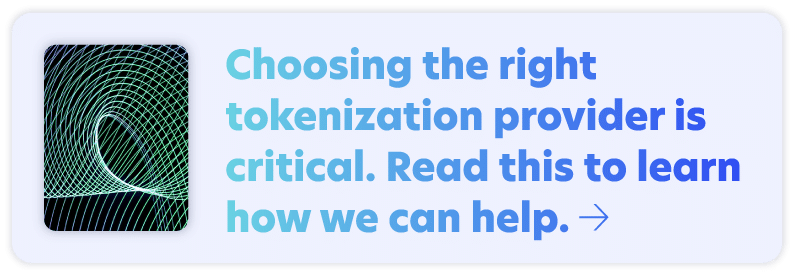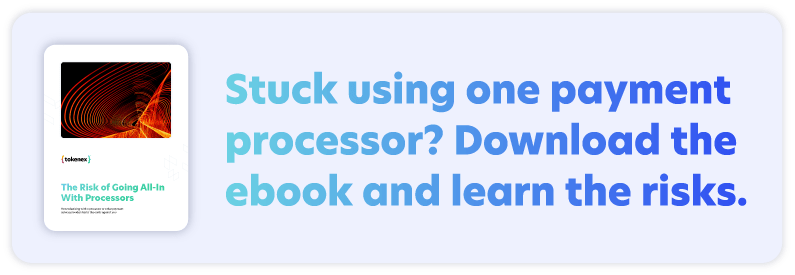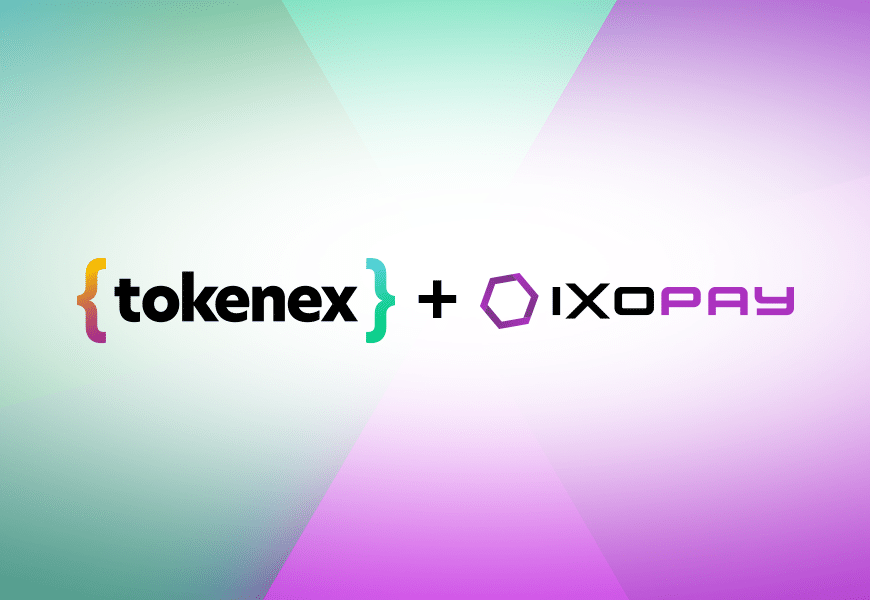Consumers have a lot to consider when researching a product or service for purchase.
Is it a good fit for me and my business? Do I trust the product and the company offering it? How does it compare to competitors or similar offerings in the market?
But when it comes down to it, there’s one question that almost always trumps the others: How much does it cost?
Well, with software as a service, that usually depends on which pricing model a given provider uses. Especially with technology as specialized as tokenization, that can vary quite a bit, which makes it difficult to compare apples to apples.
To give you an understanding of how different pricing models work, we’ve listed the most common ones below with explanations for each. Some of them might seem more complex than others, so please let us know if you have any questions or would like to learn more.
As a consumer, it’s essential for you to have a good grasp of how these pricing models work so you can accurately estimate cost, evaluate affordability, and budget accordingly.

Common Pricing Models
The pricing for most SaaS platforms is based on either a flat-rate subscription or a fluctuating consumptive model. Subscriptions costs are typically determined by the number of users who will need access to the software or the number of features an organization wants to use. Consumptive costs are determined by usage, or how frequently/for how long the software is used.
A good example of a seat-based model is Salesforce. If your sales, marketing, and client success teams all need access, and the headcount is 50, you would need to purchase 50 seats. So, you’re paying only for access to the platform. How much the users work within the platform does not affect the price.
Conversely, an example of a usage-based model would be Oracle’s cloud infrastructure. Instead of paying for the number of users you need to be able to access the service, you would pay for how much of the service you would be using. This can be determined by the amount of storage you’re using or how frequently you’re using a network.
| Consumptive | Subscription | ||
| Better for those with variable activity | Better for those who can predict usage | ||
| More “fair” (you pay for only what you use) | Makes budgeting easier (fixed recurring cost) | ||
| Less scalable (more expensive per unit) | Less value for consumers with extreme usage (too high or too low) |
Usage-Based Models
Because tokenization is transactional and relies on a sufficiently hardened infrastructure, it is typically usage-based. The two most common types of usage are transaction volume and records stored.
Transactions
Transaction-based pricing charges users for each transaction they process using tokenized data. This can also be referred to as volume-based or operations-based pricing, although operations may have a broader definition that includes additional steps necessary to process a transaction.
For example, with a standard “per transaction” setup, you would be charged for each transaction you process containing tokenized data. So, if you use tokens or need to tokenize data for each of your 100,000 transactions in a given month, you would be charged for all 100,000 of them.
Storage
Storage-based pricing charges users for each token they store with the provider. So, if a merchant needed to keep a token on file for each of its 100,000 customers, they would be paying for the storage of 100,000 tokens. So even if you processed 500,000 transactions, if you’re only storing 100,000 tokens, then you would be charged solely for the 100,000 tokens.
Hybrid Models
Hybrid pricing often uses a combination of the previously described models to create a more flexible approach for businesses. Based on the number of tokens you need to store and/or the number of transactions you plan to process in a given month, you will be assigned to a subscription tier. Within that tier, you will be charged a certain rate for usage. Tiers are often determined by average monthly transaction volume, but there are myriad ways to organize them.
For example, let’s say you’re in retail and you typically process about 100,000 transactions each month. However, during the holiday season, that number can nearly double to 200,000 transactions. If you’re using straight volume- or storage-based pricing, that influx of new transactions can cause a surge in your monthly cost and put you over budget. With a flexible subscription or tiered pricing approach, you could potentially choose a tier that accommodates up to 200,000 monthly transactions without requiring an additional monthly charge.
How does TokenEx charge for tokenization?
At TokenEx, we offer a variety of hybrid usage-based pricing options to meet your business’s unique needs and how you use our platform. Typically, this adheres to a base operations model, but if token storage is required or if you use additional features, our pricing will be slightly different.
For example, a standard vaultless customer would be charged for each operation or each instance of tokenization or detokenization. So, if an organization accepts payment from a card not currently in its systems, tokenizing that PAN would be one operation. Detokenizing it to authorize the payment would be another. Any additional authorizations from that card would also be one operation.

In other words, payment from a new card requires two operations. Payment from a stored card requires one operation. Again, once a card is tokenized, each subsequent payment authorization results in one operation.
For personal data or PII, the same principles apply. When sensitive data is collected, each data set to be tokenized results in one operation. When that tokenized data needs to be processed or shared—e.g., presented in background checks or year-end tax forms—each set of data included will count as one operation.
In the example below, date of birth, address, and Social Security number are all tokenized. That’s three operations. When they are detokenized, that’s another three operations, for a total of six operations.

Ultimately, though, we understand that every business is different, and a “one size fits all” approach to pricing isn’t always the best option for everyone. Because of this, we have the flexibility to work closely with each of our clients to ensure they have a pricing model that makes sense for the way their business works.
Beware of “Free”
Some providers offer “free” tokenization, which simply means their customers will not see an additional line-item on their bills for tokenization services. However, this does not really mean they aren’t being charged for tokenization.
Despite what these providers might claim, you’re going to pay for tokenization one way or another, so be wary of anyone pitching complimentary services or offering anything else that sounds too good to be true. It likely is.

Which tokenization pricing model is best for my business?
Most organizations prefer transparent, affordable pricing that’s flexible and scalable, but what exactly that means can vary depending on their needs. If you’re a small business that knows you’ll never exceed a certain number of monthly transactions, then volume-based pricing might be right for you. However, if you value flexibility and need predictable pricing that can grow with your business, you will likely prefer a subscription-based model.
Contact us today with any questions about TokenEx’s flexible hybrid pricing or how we stack up against our competitors. We’d be happy to demonstrate the value of our platform and help you find the right solution—at the right price point—for your organization’s unique needs.















